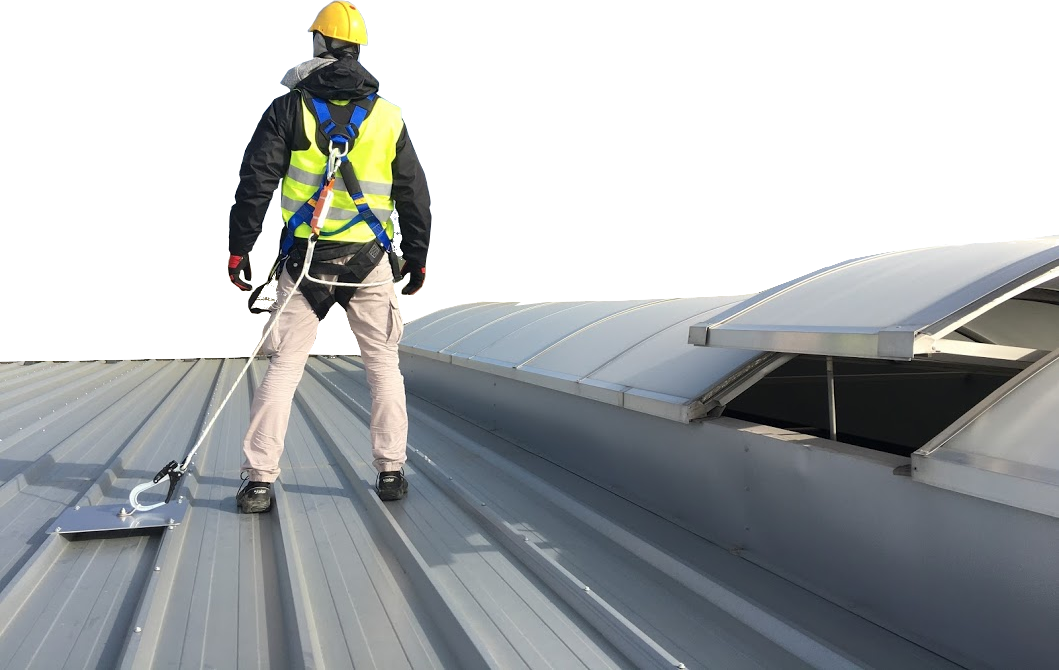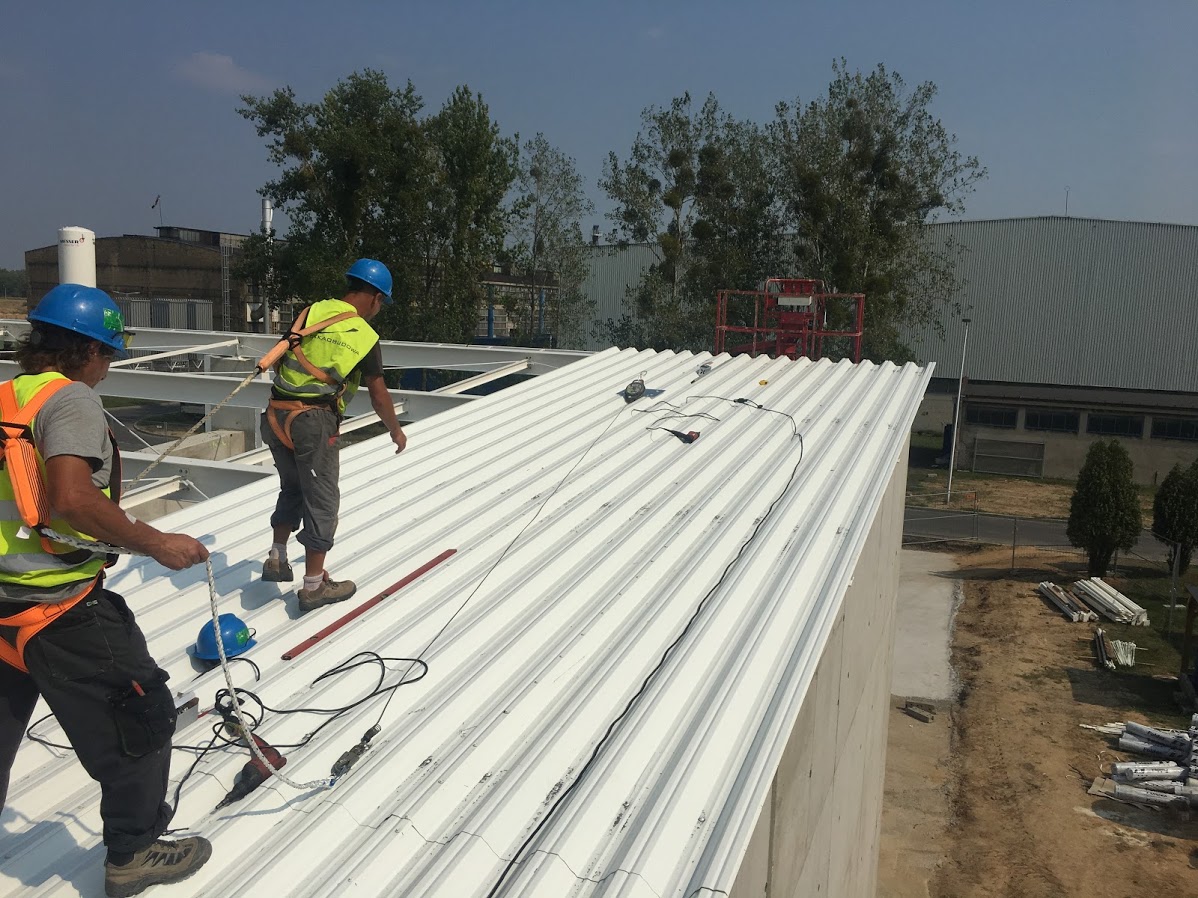Work at height – a fall from a height and its consequences
This type of work includes activities that will be performed at a height of more than 1.0 m above the ground or floor level. These are all types of work where, during their implementation, there is a risk of the employee falling from a height, which may result in damage to health or even loss of life. The above information is defined in national law and it is essential to comply with these regulations for safety reasons. Falls from a height are currently the most common work accidents.
Who and why should take care of protection at heights?
During work performed at heights, the main element is to provide the persons staying on them with specialized safeguards to protect against unwanted falls from a height. Employers commissioning their employees to carry out works in places with a risk of collapse and owners of buildings where various types of work will be carried out are required to provide protection to persons performing activities at heights. Safety of people working at height depends on many people. Starting from the designer, through employers, construction inspectors, building owners and employees themselves. It should be remembered that the health and life of people staying at heights depends mainly on the protection and training they have, but most importantly on themselves. Each employee should be able to assess their own safety in specific situations. It is a fact that the provision of safety systems on the roofs and the training of employees is the responsibility of those responsible for them, but it is the employee himself who must know when to stop work in the event of any safety. The construction manager, who is her supervisor, must also have knowledge about training and securing people who are granted permission to perform works on the facilities over which he takes care. It is in his interest that the work proceeds according to the plan and safety regulations. The manager is responsible for everything that happens in the area under his care.

Employer
The employer is obliged to ensure adequate safety of his employees. This is the main requirement, as illustrated in the Occupational Health and Safety regulations. The employer must provide proper training and security to his employees, because he is responsible for the safety and protection against loss of health and life of his charges. It is also his responsibility to make sure that his employees have the appropriate knowledge and appropriate skills to use the fall protection systems and equipment used when working at height. In this case, all kinds of arrangements should be made by agreement with the inspector of the works carried out. The decision they make, as well as the security and individual protection of employees, is on their side. There may be a situation in which the inspector does not agree to the implementation of some safety system, in which case the employer should agree another, fully safe form of protection for his employees with the inspector.
Building owner
In the event that the owner of the building employs people for their maintenance or various types of work, including, for example, snow removal from roofs or servicing of devices located on their surface, he needs to provide them with appropriate training, including health and safety training. He is also responsible for the roof surface equipment like various types of fall protection systems, e.g. roof railings to ensure safe zones for his employees.

Designers
A designer who is commissioned to design a fall protection system also takes responsibility to some extent. His proposal to protect the surface of roofs and individual systems securing people performing activities at height should be carefully considered and made in accordance with applicable regulations. It can be said that it is at this stage that the process of ensuring protection against falls from a height begins. The designer must provide a properly designed system, because the safety of people using it will indirectly depend on it (of course, provided that the safety system is used in accordance with its intended purpose).
Summary
As you can see, the provision of fall protection systems for works performed at heights is a very important aspect and should absolutely be a priority before starting any works where there is a risk of falling from a height. Many people are responsible for such threats, because in fact this process is very complex and practically every person involved in it is responsible. The employer must provide his employees with appropriate protection and maximum safety, because he supervises them. This is related to the commissioning of the project to the appropriate company, which then takes the responsibility to propose the as safe as possible solutions. As mentioned above, the inspector and the construction manager are also responsible for this because they take care of everything that happens on their premises. Commissioning, designing and building a fall protection system should be one of the first things to do before starting work at heights. Of course, it is associated with costs, as with everything in these times, but the health and life of the people using them should be much more important. Everyone who contributes to the work at height, from principals to employees, is fully responsible for keeping working conditions as safe as possible. It is worth remembering that the cost of implementing a fall protection system is nothing compared to the cost of possible compensation in the event of damage to health or loss of an employee’s life. We should be guided by ensuring the safety of others, not just financial matters. Each of us is to some extent responsible for the life of another human being.
